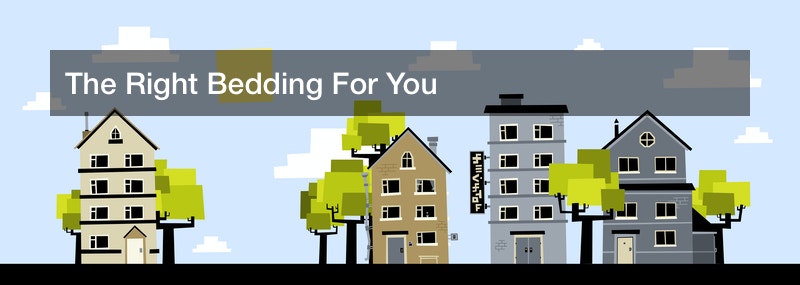
What makes for a good bed or baby crib? This could be split into two areas: furniture, and linens. Furniture is for the actual frame of the bed or crib, which will typically be made of metal. That’s a whole different category, where a shopper will find a bed that suits their needs in terms of size, comfort, and durability. Meanwhile, linens is the arena of a mattress, pillows (such as waterproof pillow cases), bedsheets, fitted sheets, and the like. There is quite a variety of linen types out there for anyone who needs them, from waterproof pillow cases to hypoallergenic bedsheets and mattress protectors. Waterproof fitted sheets work well for a small child who might wet the bed, and waterproof pillow cases are also a fine idea. And for babies in a crib, they may get baby sheet protectors, crib sheets, hypoallergenic crib protectors, and the like.
Baby Bedding
New parents who are setting up a crib for their baby should note that a baby’s crib is not just a scaled-down bed with bars added. This is not the place for waterproof pillow cases or blankets, since pillows and blankets in fact pose a suffocation hazard to unsupervised babies. Instead, pillows and blankets are ideal for supervised naps, and for night sleep, a baby’s crib setup is rather bare bones. Still, with the right sheets and mattress, that baby will be perfectly comfortable.
A baby’s crib will have a mattress on it for comfort, and that mattress may have a waterproof sheet over it or similar protector in case of accidents. Not only that, but the mattress will always have some fitted sheets on it. As opposed to loose sheets and blankets, a fitted sheet has elastic band on its edge, allowing it to grip a mattress and fit it perfectly. No one ever sleeps under a fitted sheet, but rather, a fitted sheet is a “skin” for the mattress. This applies both to baby crib mattresses, and a mattress on a full-scale bed for kids or adults. A baby’s crib sheets might be a hypoallergenic model in particular, which can help ease strain on the baby’s immature immune system and sensitive respiratory system. Parents can visit a linen store or baby supply store and ask for hypoallergenic sheets like these.
For safe sleep, a baby will be placed on the mattress, and that is all. No blankets, no pillows. Instead, the baby may like the mattress’s soft fitted sheets, and the baby will probably wear full-body pajamas (and possibly a hat) to sleep. These act as a safe blanket to wear. This setup does look pretty plain compared to the parent’s bed, but the baby will be both safe and comfortable this way.
Other Linens
What about waterproof pillow cases, fitted sheets, or blankets for a child’s or adult’s bed? There’s even more variance among these linens, especially since blankets and pillowcases are now involved. At a linen store, customers could find anything from waterproof pillow cases to hypoallergenic sheets for a child to high thread count sheets or fitted sheets for an adult bed. Sheets will be scaled for the type of bed they go on, such as twin, full, queen, and king. Not just babies, but children and some adults may have allergy or respiratory issues that call for such sheets. Most linen stores should have them.
What is thread count? This refers to how many threads a piece of linen has in a square inch, either vertical or horizontal (but not both). Higher thread counts may be 600-800, and these sheets are soft and warm, very comfortable for cold weather. But they’re too warm in hot weather, which is when lower thread count sheets are used (often 200-300). These are light, breathable sheets ideal for keeping cool during summer. Thread count may be a factor for bedsheets, fitted sheets, and pillowcases alike, and a package will have the thread count printed on it. Finally, for children or adults who need them, waterproof fitted sheets or mattress protectors can be bought and placed in the bed, to avoid soaking and staining the mattress itself in case of an accident of some sort.
